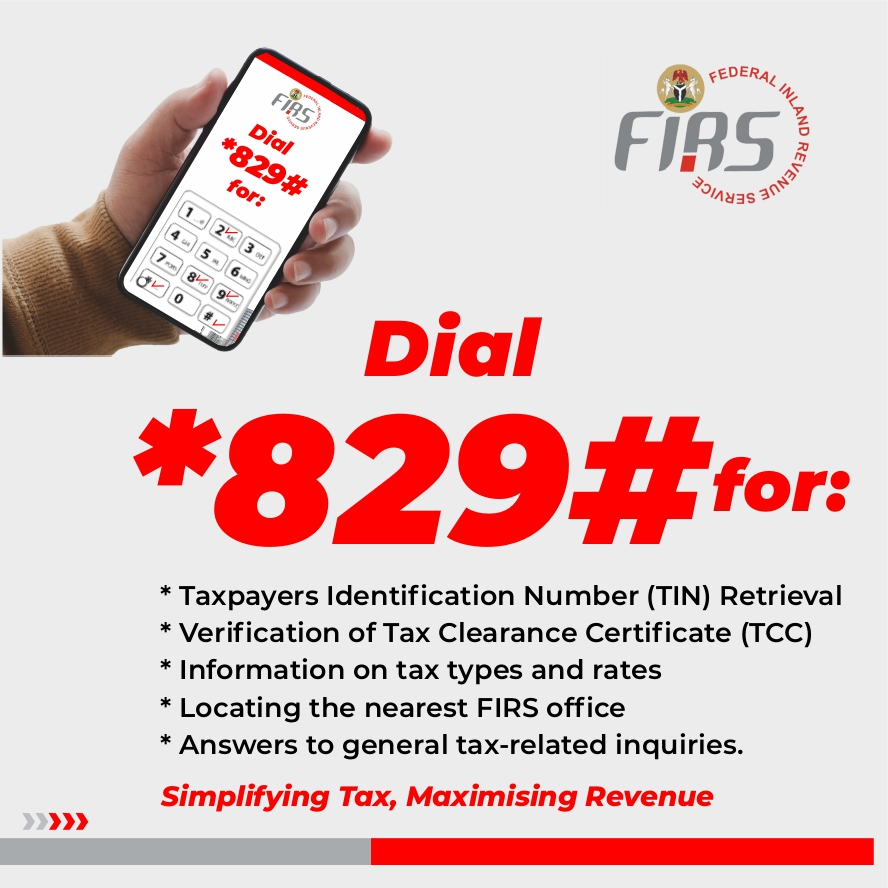Business & Economy
Nigerian States With The Highest Debt Per Population
Nigeria’s total debt profile increased further in the first quarter of 2021 to N33.11 trillion, with an estimated population of 203.3 million people. This prints a total debt per population of N162,949.
This means that an average individual in Nigeria, based on equal allocation owes an aggregate of N163 thousand from Nigeria’s total debt, while the federal government still plans to acquire more loans between 2021 and 2024 to the tune of N19.69 trillion.
While it is a normal cause of action in most countries to seek loans to finance infrastructural projects in the country, a major question that comes to mind is the country’s ability to repay such loans and the interests in the future.
Based on the analysis of data obtained from the Debt Management Office of Nigeria, the 36 states of the federation + the federal capital territory has a cumulative domestic debt stock of N4.12 trillion and external debt of N1.95 trillion, summing up to at least N6.07 trillion as of March 2021.
Meanwhile, a cursory look at the data from the Central Bank of Nigeria showed that only 8 states in the country managed to receive foreign investments in the first quarter of 2021, with Lagos State receiving the giant share of the total inflows.
Also, looking at the states’ finances for 2020, the 36 states recorded a total available fund of N3.6 trillion, N2.29 trillion of which was received from federal allocation, representing 63.7% of the total. This is an indication that Nigerian states rely most on funds coming from the federal government rather than generate internal revenue.
Lagos State
Debt per individual – N82,118
Lagos is Nigeria’s economic hub, housing most industrial companies and businesses in the country. The total debt of Lagos State as of the review period stood at N1.08 trillion, accounting for 17.8% of the total debt.
- Its population is estimated at 13.18 million, hereby printing a debt per population of N82,118. Although, Lagos State recorded the highest total debt stock and also per population, its inflows show signs that the state could afford to bear the debt burden.
- According to data from NBS, Lagos State recorded the highest IGR in 2020 with the lowest FAAC to total fund ratio in the year. This shows that Lagos relies more on internally generated revenue to fund its governmental obligations rather than rely on federal allocation.
- Being the economic centre of the country, it also attracted the highest foreign inflows in Q1 2021, dwarfing others significantly after receiving $1.58 billion in capital inflows.
Bayelsa State – N70,518
Bayelsa State’s total debt profile stood at N168.67 billion as of March 2021. With an estimated population of 2.39 million the state’s debt per population stands at N70,518.
- Despite being an oil-producing state in Nigeria, Bayelsa still ranks second on the list of states with the highest debt per population, while it was unable to attract any foreign investment in Q1 2021.
- A cursory look at the data also shows that Bayelsa did not receive any foreign inflows in 2019 and 2020 either, a signal of how foreign investors perceive the economy of the state.
- In terms of IGR, Bayelsa generated a sum of N128.58 billion in the year 2020, 90.5% of which was received from the federal account either as statutory allocations or 13% oil derivatives.
Cross-River State – N59,365
Cross River State ranks third in the list of states with the highest debts per population at N59,365, with a total debt profile of N241 billion and an estimated population of 4.06 million people.
- The state lies in the South-South region of the country, bordering Cameroon to the east, and is a great tourist location, with notable places such as Cross River National Park, Agbokim Waterfalls, Tinapa Resort, amongst others.
- However, it was not able to receive any foreign inflows in Q1 2021 in form of investments, nothing in 2020, and could only manage to attract $25 million inflows in the whole of 2019.
- Meanwhile, its FAAC to total funds ratio represents a fair stand at 67%, it is still an indication that it needs to do more to drive self-sufficiency and despite having tourism as a major attraction. It only generated N12.18 billion internal revenue in 2020.
Bubbling under
- Gombe – N47,117
- Edo – N44,138
- Akwa-Ibom – N43,138
- Delta – N40,215
- Rivers – N39,960
- Ekiti – N36,639
- Ogun – N36,255
Bottom line
The analysis above casts a grim picture of most states in the country and their ability to bear the debt burdens, considering their inability to deliver impressive internally generated income. A major implication is that if they continue to spend the little they receive from the federal purse and IGR on recurrent expenditure and debt servicing, it will progressively get harder for them to fund infrastructural budgets in their states.

